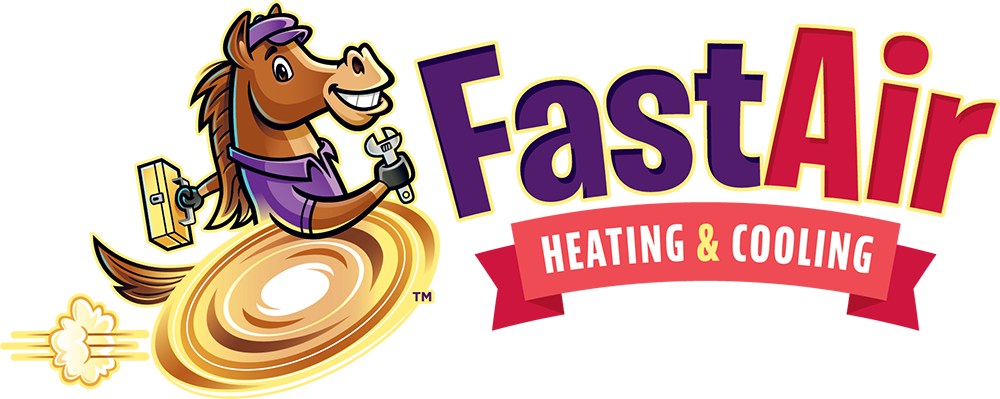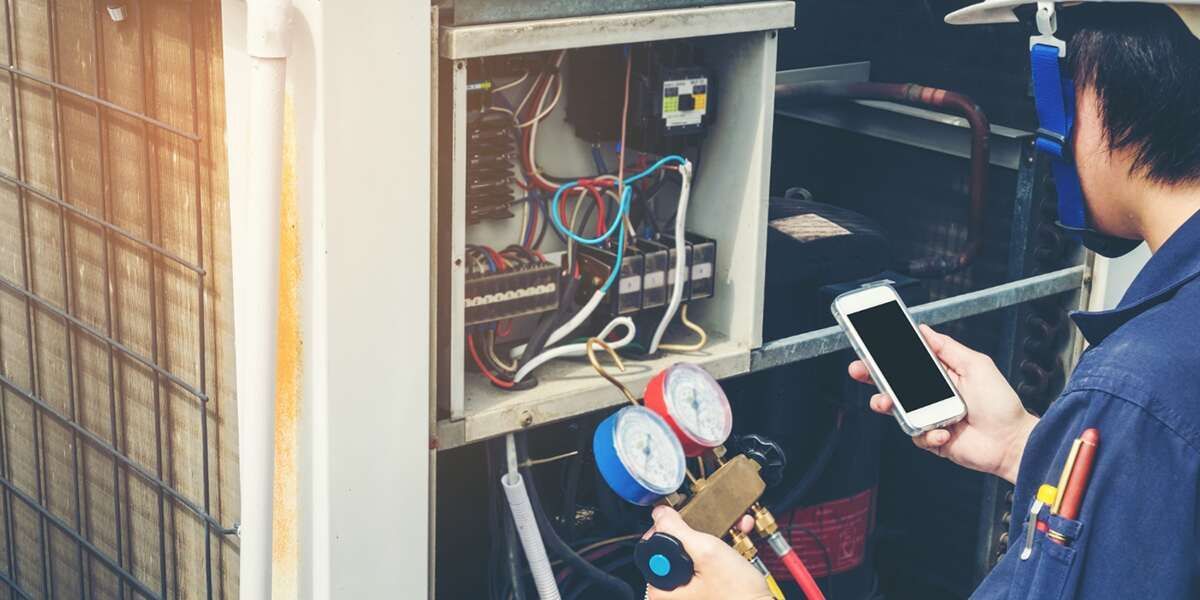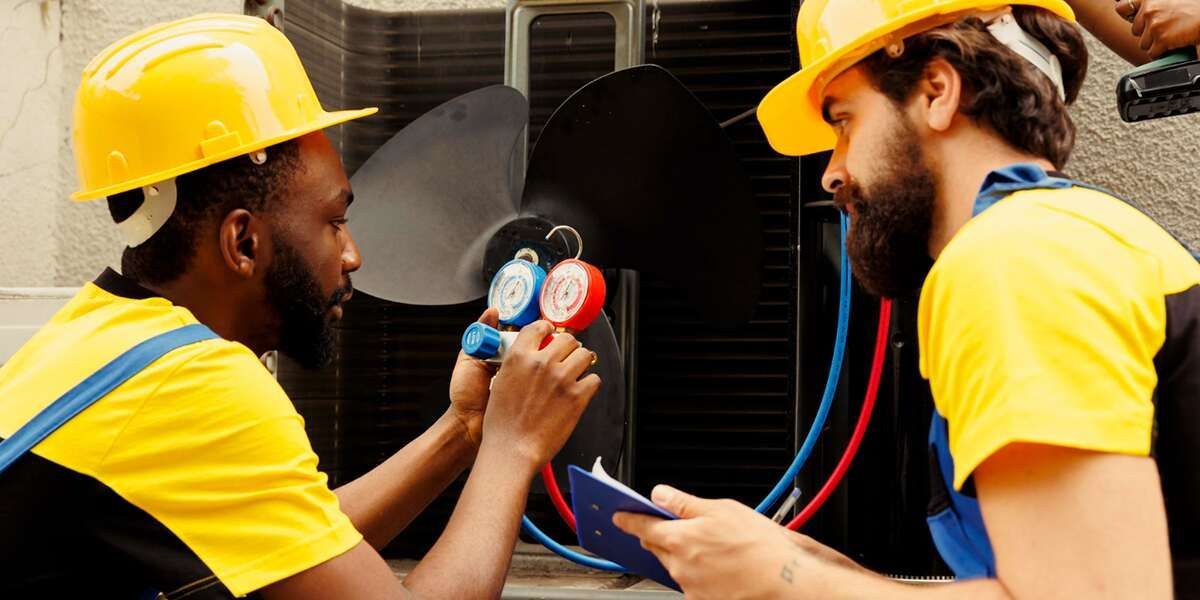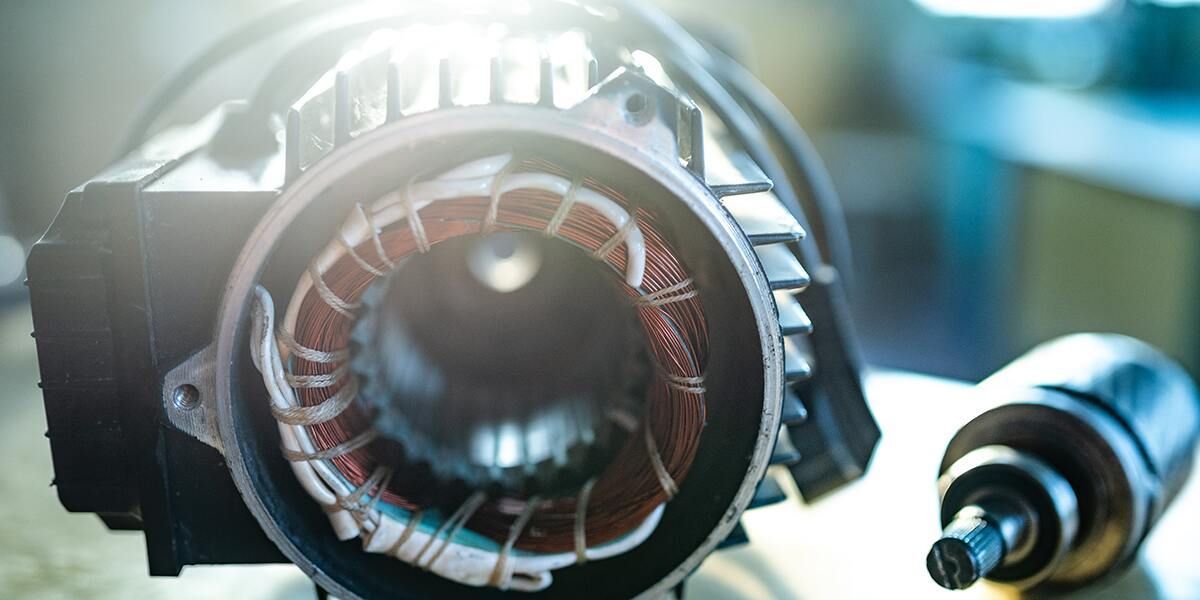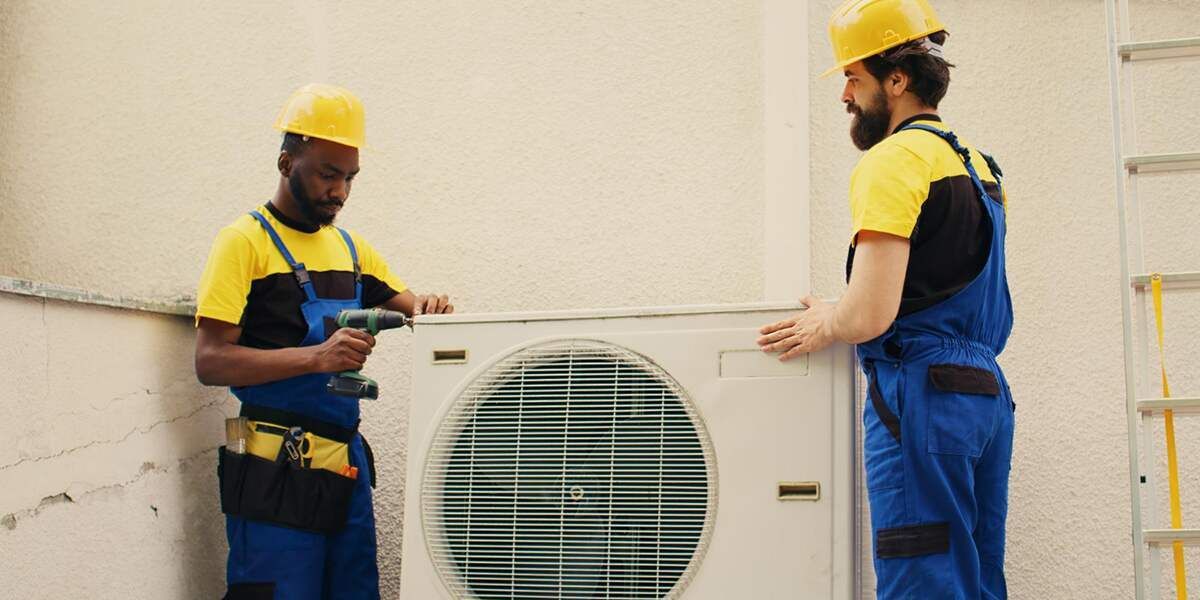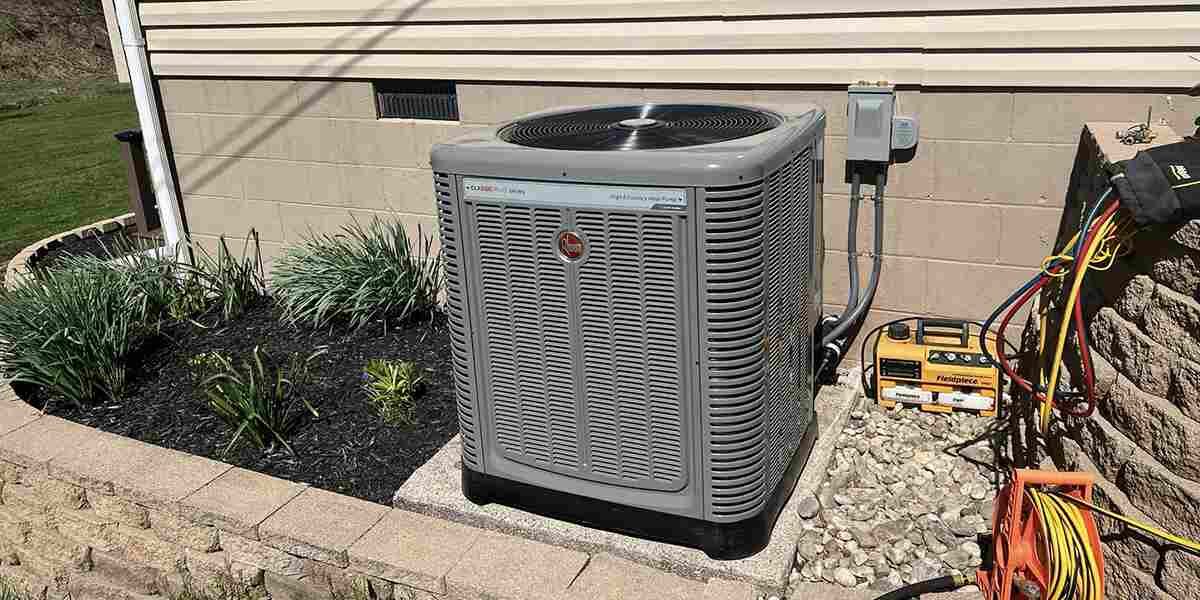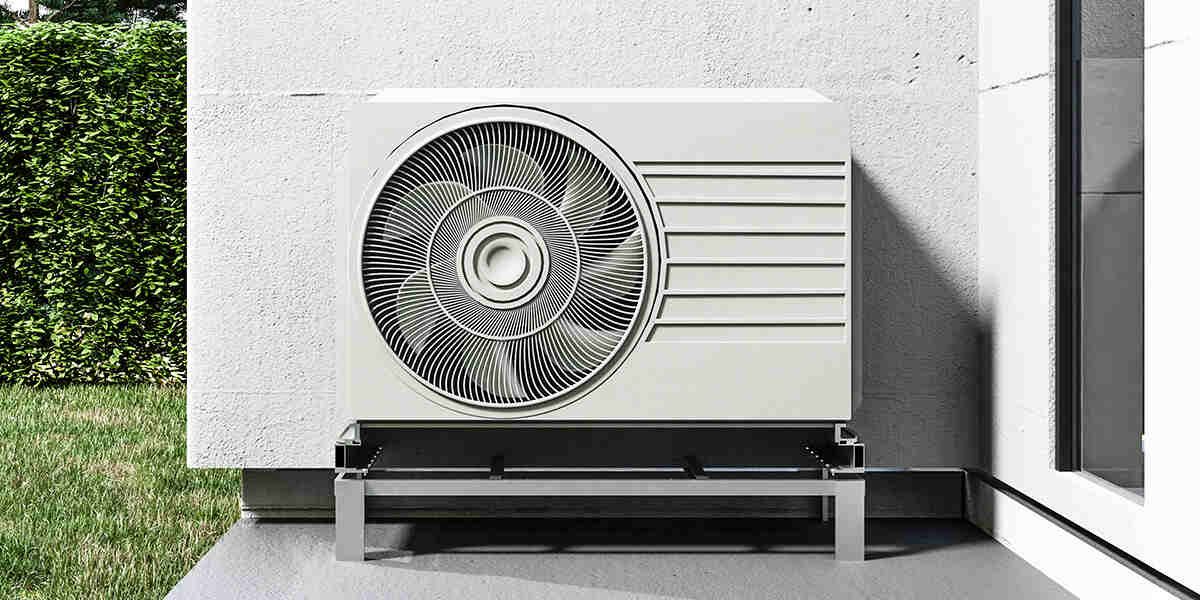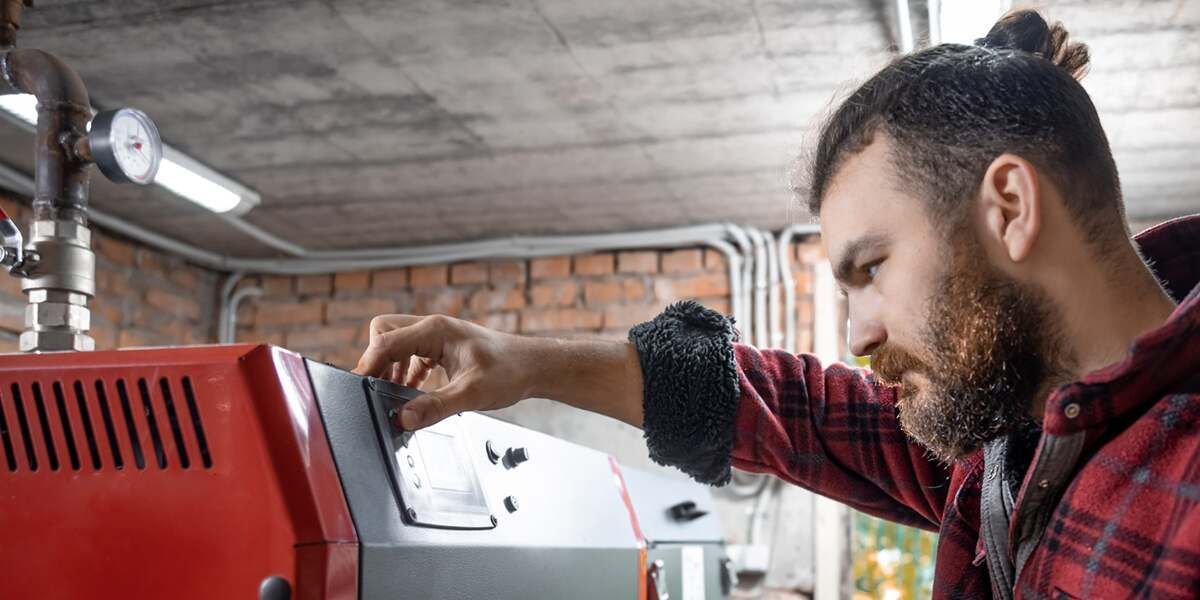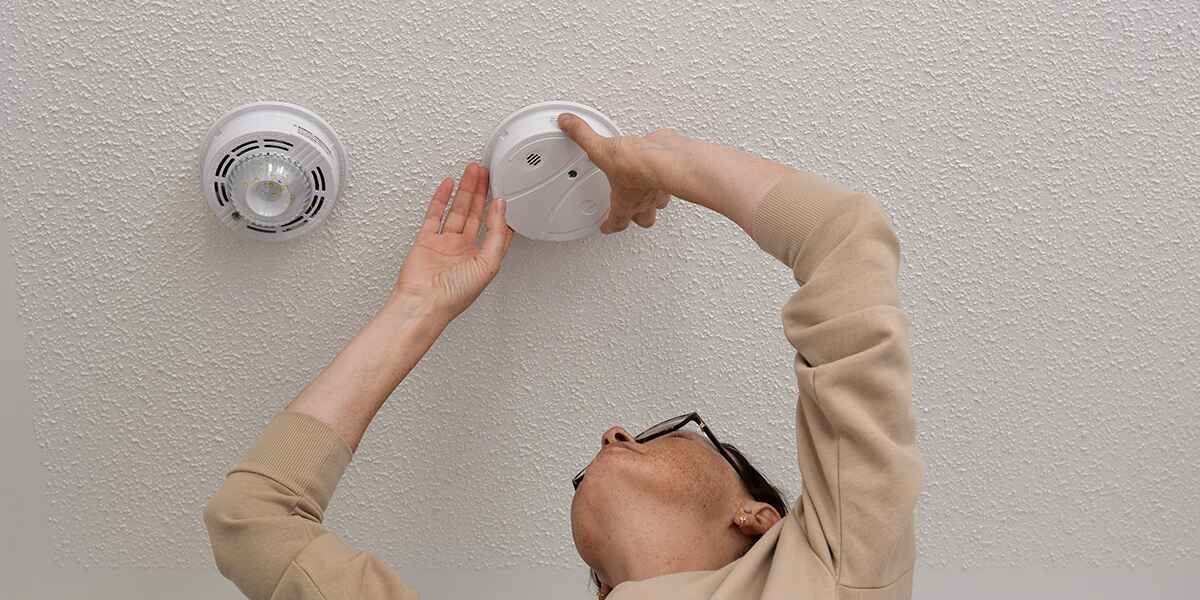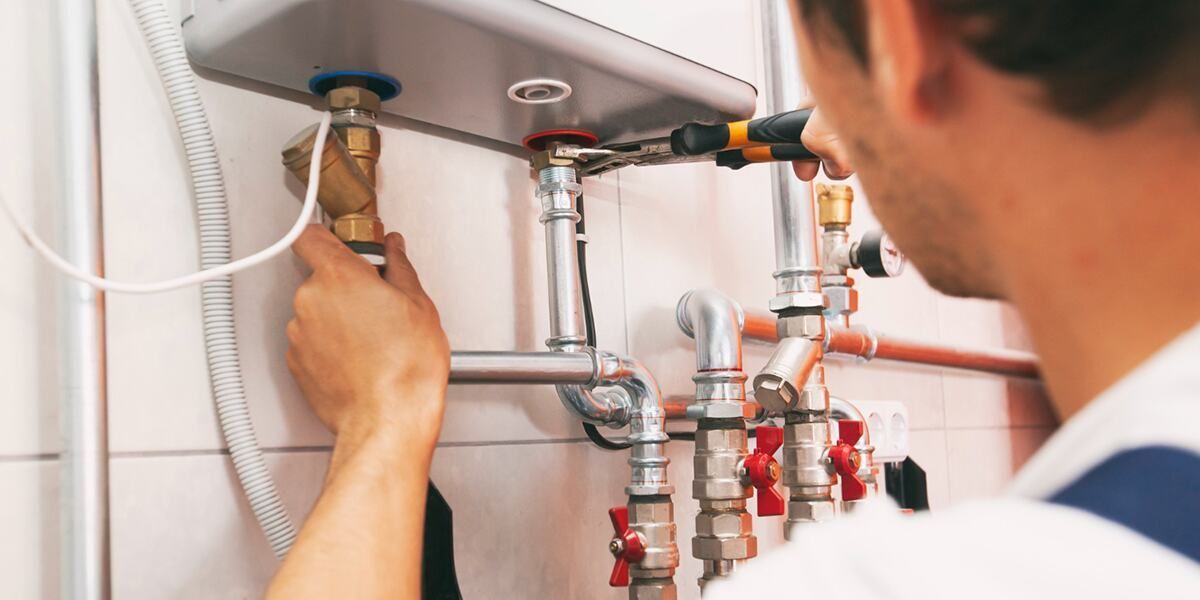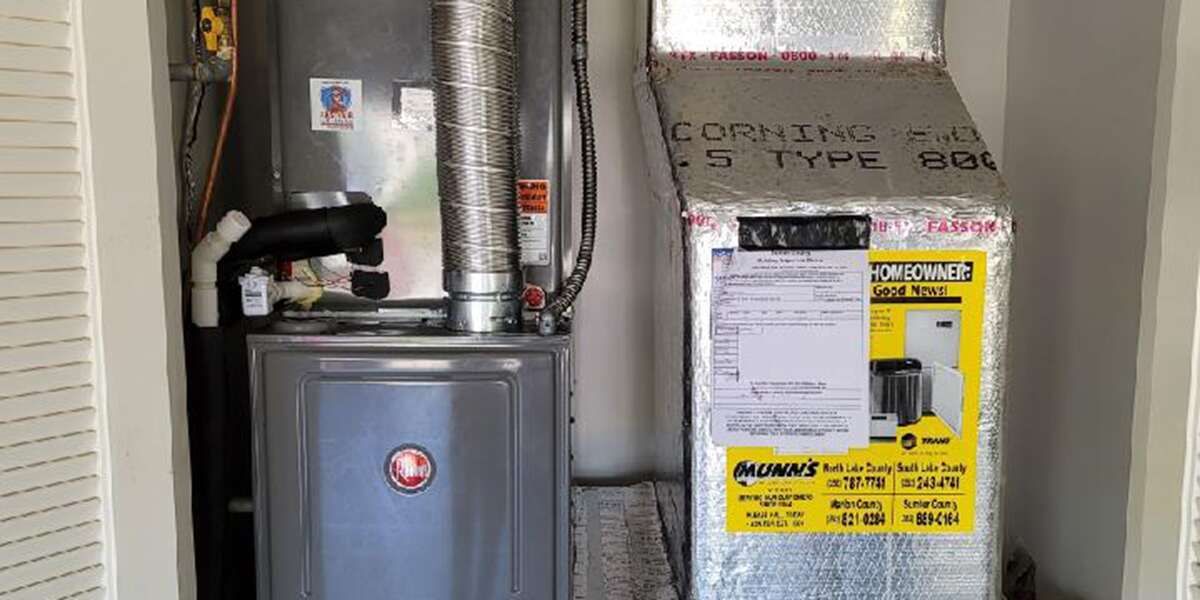EMERGENCY SERVICE AVAILABLE
What Is a Heat Exchanger in a Furnace?
Don’t let a malfunctioning furnace leave you in the cold this winter. Call Fast Air Repair at (352) 290-7048 for expert help solving any heating or cooling system problem.
As a homeowner, you probably don’t give much thought to the internal components of your furnace or how it creates heat — until something goes wrong, that is, and a technician reveals that the unit needs a new part. One part that every furnace has, regardless of whether it runs on gas or electricity, is a heat exchanger.
What is a heat exchanger in a furnace? Keep reading to learn more from the top HVAC contractor in Ocala about this important component and how it creates heat to keep your home warm and protect your family from toxic gases.
The Basics of Furnace Heat Exchangers
A heat exchanger is a critical safety component of the furnace, as it redirects the fumes created by the combustion process out of your home while creating warm air for the blower fan to distribute through the vents. Flue gases, which may include carbon monoxide if there’s an issue with the combustion process, are dangerous to breathe, so the heat exchanger must always be in good condition and function properly.
A furnace may have one or two heat exchangers, which help determine the unit’s efficiency. With one heat exchanger, the furnace will be about 70 to 80% efficient, while adding a secondary heat exchanger can increase efficiency to 90% or more. The number of heat exchangers in the furnace also influences the heat transfer process and the durability and longevity of the unit.
The hottest flue gases (the mixture of gas and combustion fumes) flow into the primary heat exchanger close to the burners. These hot gases warm the metal shell and tubes of the exchanger and move toward the exhaust chamber, where they escape outdoors via the exhaust fan. At the same time, the hot metal heats air, which flows to the blower, and so warm air flows throughout your home.
If the furnace has a secondary heat exchanger, it pulls even more heat from the flue gases, creating water vapor. As the water changes from a vapor to a liquid, it creates even more heat, enhancing the furnace’s efficiency.
The Problem of Heat Exchanger Failure
Now that you have the answer to “What is a heat exchanger in a furnace?” it’s easy to understand why it’s such a critical component and why a malfunction is such an urgent concern. When the heat exchanger fails, not only will the furnace struggle to warm your home efficiently, but it will also be dangerous to turn on the heat due to the potential for carbon monoxide.
Despite being one of the most critical parts of any furnace, heat exchangers are vulnerable to deterioration. Whenever the furnace is running, the metal shell heats up rapidly and expands. When you turn the heat off, the metal cools and contracts to its original shape.
Over time, this heating and cooling cycle can weaken the metal and make it brittle, increasing the risk of cracking and failing. When this happens, the heat exchanger can’t effectively seal in flue gases and direct them outdoors. The gases mix with breathable air, which is a big problem, as they could contain harmful carbon monoxide.
5 Signs of a Problem With the Heat Exchanger
All too often, homeowners only realize there’s an issue with the heat exchanger when they have a heating problem or when a technician discovers a crack or damage during routine maintenance. Upon hearing this news, the follow-up question is often, “What is a heat exchanger in a furnace?”
While you might not be able to identify the heat exchanger or only have a basic understanding of how it works, you can identify signs of failure that require professional attention. The most common indications that the heat exchanger is malfunctioning include the following:
1. Carbon Monoxide
The potential for toxic gases leaking from the furnace is one reason you must install carbon monoxide detectors throughout your home. If there’s an issue with the combustion process inside your furnace and the heat exchanger leaks, the colorless, odorless gas can enter your home and sicken people and pets. If the carbon monoxide detector alerts you to a leak, get your family out of the house and call 911 for help.
2. Unusual Flame Color
The flame of a gas furnace should be a steady blue color. Flames in a closed combustion chamber remain blue, so if they appear yellow, orange, or any other color, oxygen is getting in somehow, and gases are getting out.
3. Unpleasant Odors
Carbon monoxide may be odorless, but other flue gases are not. If you notice an unpleasant odor similar to formaldehyde when you run the furnace, it’s a sign of a cracked heat exchanger allowing the gas to escape.
4. Soot Buildup
Improper combustion and dirt in the system can cause soot buildup on air filters, burners, and the metal walls of the heat exchanger. Soot can actually help technicians locate leaks or cracks, as it can build up in that area or cause dark spots on the metal.
5. Strange Noises
Running a furnace with a cracked heat exchanger often causes popping or rattling noises. As the metal expands and contracts, the damage will cause it to make loud noises that are a surefire sign of a problem.
What To Do About a Cracked Heat Exchanger
Preventive maintenance is the best way to avoid a problem with the heat exchanger and the health risks of running the furnace when it has a crack. Technicians thoroughly inspect the part for signs of damage during an annual maintenance visit and will let you know if there are areas of concern.
In addition to annual inspections, you can protect the heat exchanger by ensuring proper airflow through the unit whenever it’s running. Regularly changing the air filters (typically every 60 to 90 days) ensures dust and dirt buildup doesn’t block air from entering the furnace or force it to work harder to create heat. Keeping vents open also ensures good airflow and prevents the furnace from struggling to pull in air, which can cause premature deterioration or failure.
Most heat exchangers last for 10 to 20 years before they start to develop problems. At this point, if the part fails, it may be possible to replace it, but in most cases, replacing the entire furnace is a more cost-effective option. Not only is heat exchanger replacement an expensive repair but investing in a new, more energy-efficient furnace can save money on utility bills and heating costs.
Call Fast Air Repair for All Your Furnace Maintenance and Repair Needs
Even though temperatures may not get as cold in the Ocala, Florida, area as they do elsewhere, you still need a reliable furnace to keep your family warm on chilly days. Keep yours in good condition, and get help from Fast Air Repair when you need it.
Whether the furnace keeps kicking on and off, you have questions like “What is a heat exchanger in a furnace?” or your furnace isn't heating air, call us at (352) 290-7048 or book an appointment online.
When you do, one of our professional heating and cooling experts will arrive on time to diagnose the problem and provide efficient, affordable, and reliable solutions. Don’t risk your family’s well-being with a faulty furnace — call Fast Air Repair today!
Contact us for Service
Footer - Website Lead
We will get back to you as soon as possible.
Please try again later.
For emergency service, to get a free quote, or if you have questions or special requests, just drop us a line. We Look forward to serving you!
Hours Of Operation
- Mon - Sun
- Open 24 Hours
Emergency Service Available
All Rights Reserved | Fast Air Repair

